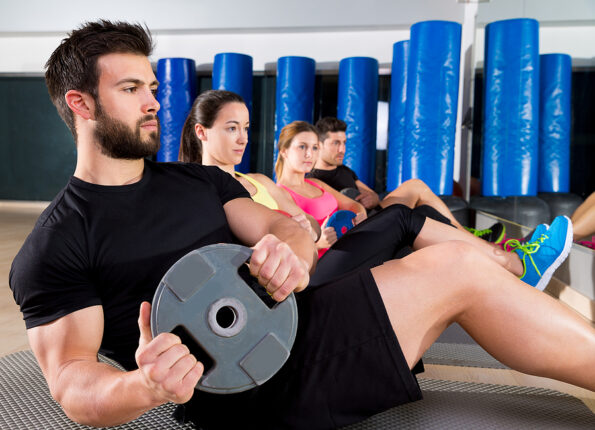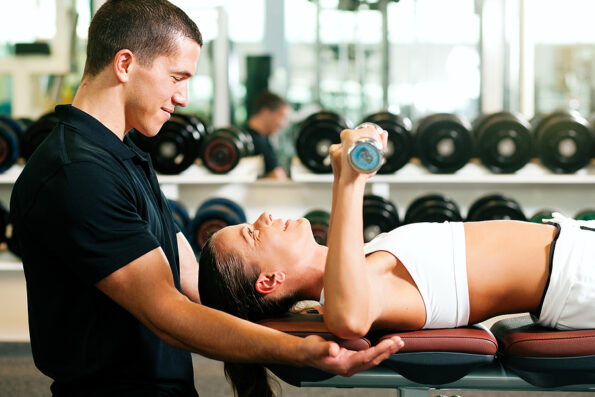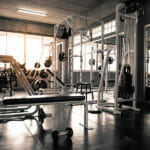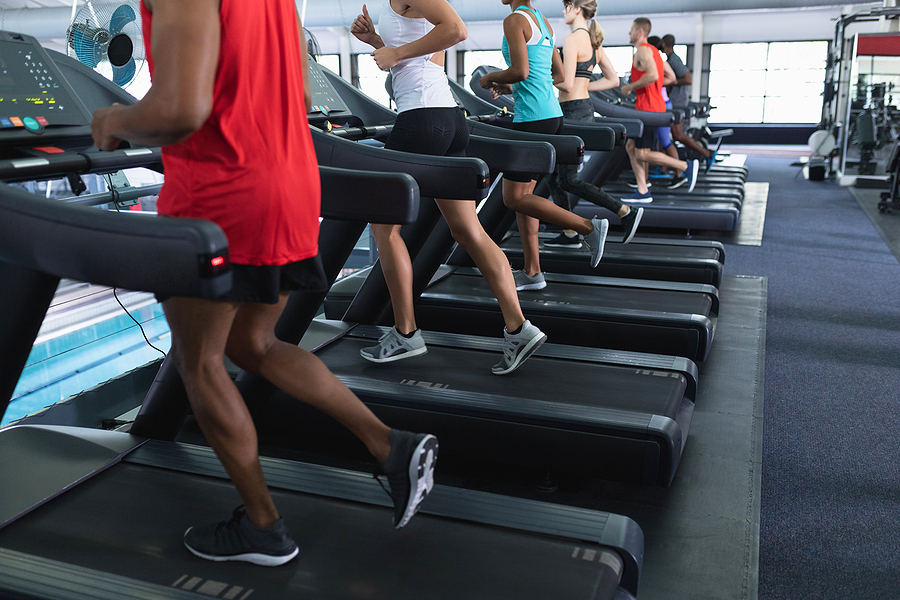Unleashing your core muscles’ full potential is essential for fitness enthusiasts and anyone looking to improve their health and wellness. Yet, with so many exercises and techniques out there, it can be overwhelming to know where to start.
That’s where movement assessment comes in. But what exactly is movement assessment and how can it help you achieve your fitness goals?
In this guide, we’ll delve into the world of movement assessment. Explore the specific ways instructors use it to target key core muscles. Get ready to level up your workouts and unlock the true power of your core.
- Identifying Muscle Imbalances
This allows them to target key core muscles to improve the following:
- balance
- core stability
- and strength
When muscles are imbalanced, it can lead to the following:
- inefficient movement
- poor posture
- and an increased risk of injury
By addressing these imbalances through targeted exercises, instructors can help individuals achieve proper alignment and functional movement. This not only enhances physical performance but also promotes health and well-being. Through the use of movement assessment, instructors can identify muscle imbalances and design personalized workouts to target those areas and support muscular balance.

- Evaluating Movement Patterns
By evaluating movement patterns, instructors can identify the following:
- any imbalances or weaknesses
- and create a targeted workout plan
This approach allows instructors to focus on specific areas that need improvement, rather than using a generic workout routine. By analyzing how a client moves, instructors can also determine which exercises will be most effective in activating and strengthening key core muscles.
This not only helps improve physical fitness but also reduces the risk of injury by addressing any underlying issues. Movement assessment is a valuable tool for instructors to do the following:
- maximize the benefits of core muscle training
- and help clients reach their fitness goals
- Testing for Range of Motion
Range of motion refers to the measurement of how far a joint or muscle can move in different directions. By testing for range of motion, instructors can identify any limitations or imbalances in a person’s movement patterns.
This can be indicative of weak or inactive core muscles. This information allows the instructor to develop a customized plan that specifically targets and strengthens these key core muscles, improving the following:
- proper movement
- and reducing the risk of injury
Through regular testing for range of motion, instructors can track progress and make necessary adjustments to ensure the continued development of strong and stable core muscles.
- Assessing Muscle Activation
This involves observing and evaluating how well certain muscles are engaging and working during different movements and exercises. By doing so, instructors can identify any imbalances or weaknesses in the core muscles and tailor their training to target those areas. This helps with the following:
- improve core strength and stability
- and reduces the risk of injury
Thus, obtaining the ASFA’s Core Fitness Training Certification can benefit instructors. It provides them with the knowledge and skills to assess and target key core muscles for optimal results in their clients’ fitness routines.

Use Movement Assessment to Pinpoint Core Muscles Effectively
Using movement assessments to target key core muscles is an effective approach for instructors to enhance their students’ fitness and performance. By incorporating these assessments into their classes, instructors can create tailored workouts, prevent injuries, and improve functional movements.
Don’t miss out on the benefits of incorporating movement assessment into your fitness routine. Give it a try today and see the difference it can make in your fitness journey!
Looking for more? Make sure to bookmark our page and come back to check out more articles.
Image Source: BigStockPhoto.com (Licensed)
Related Categories: Excercise, Advice, Reviews








